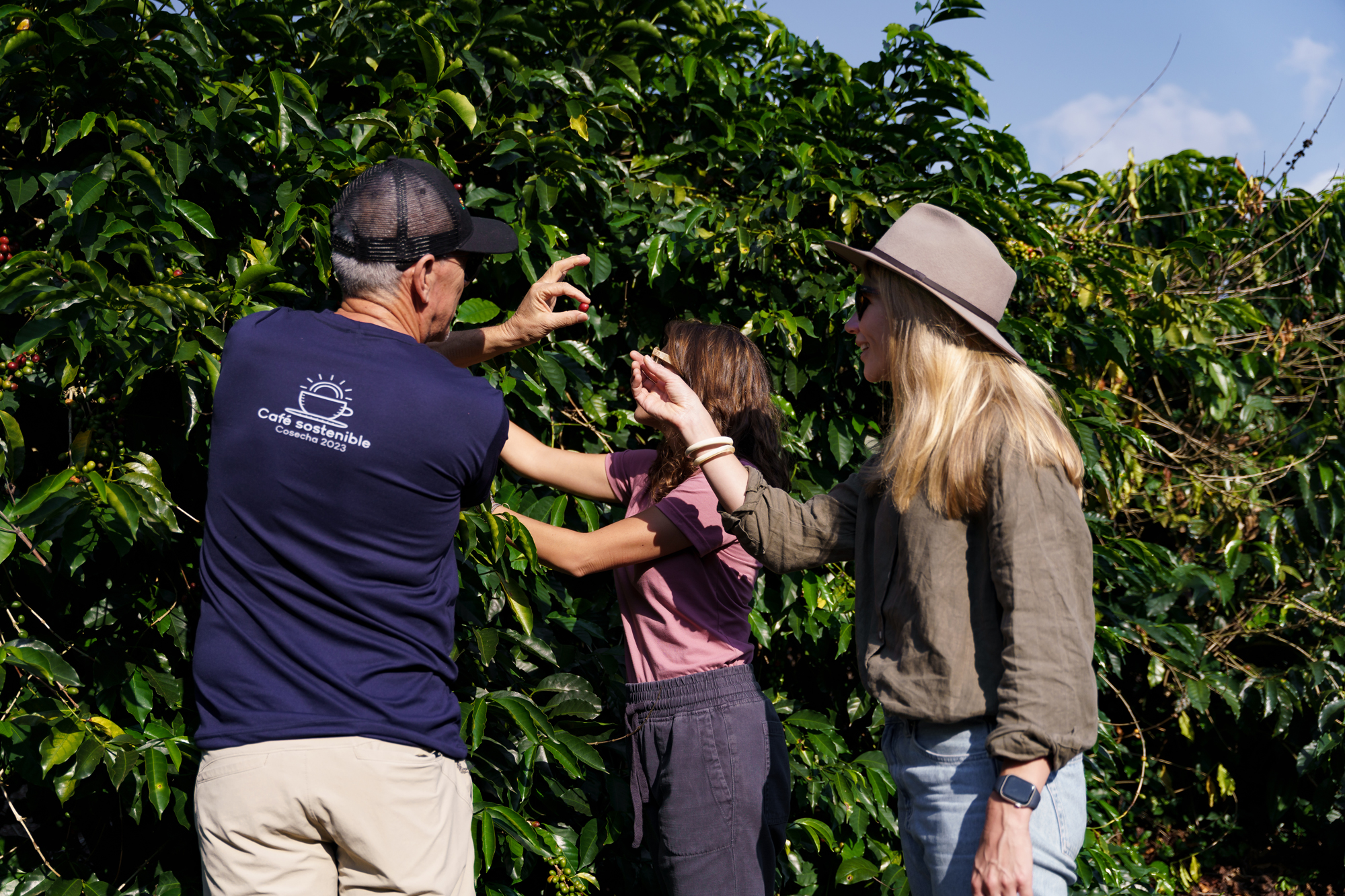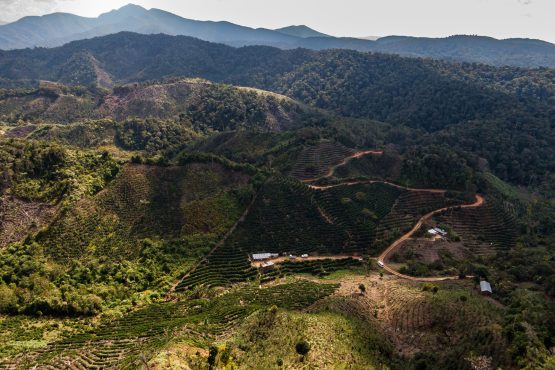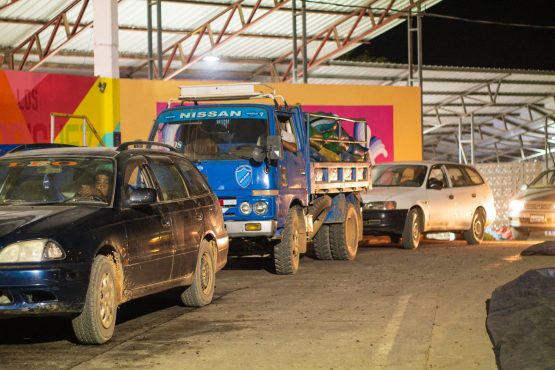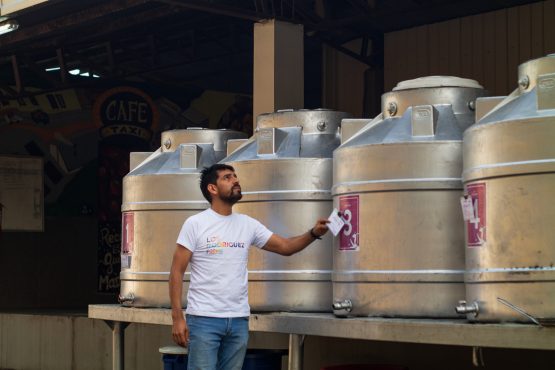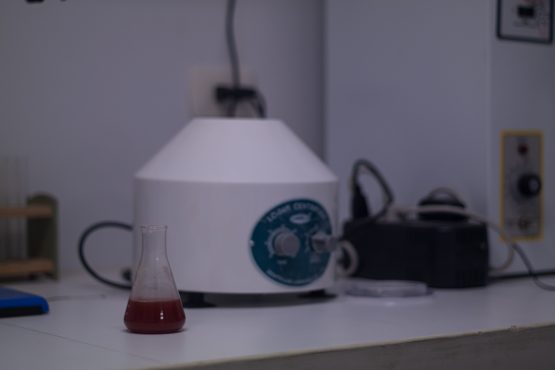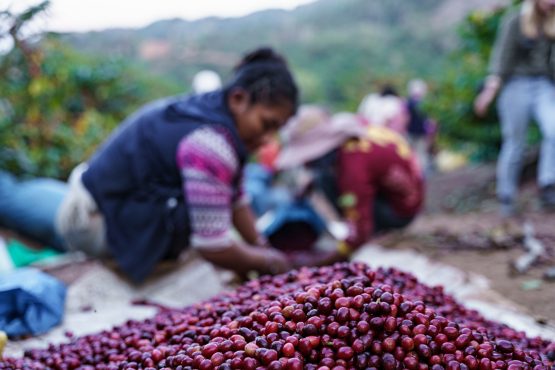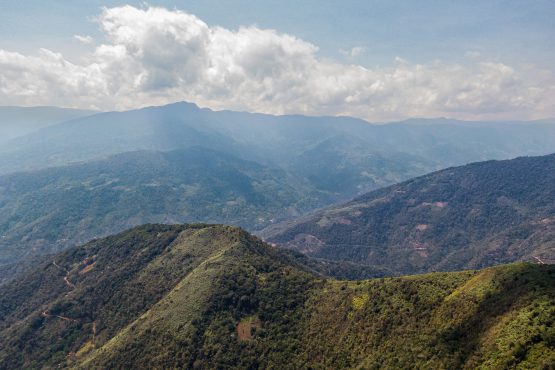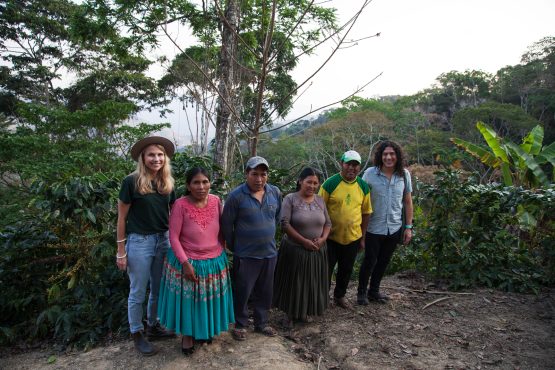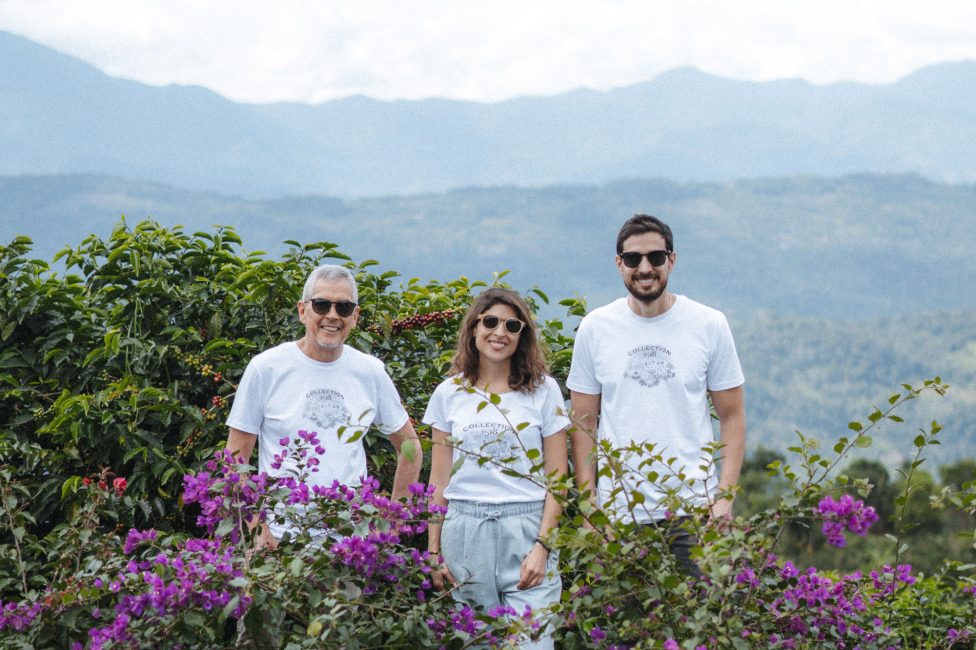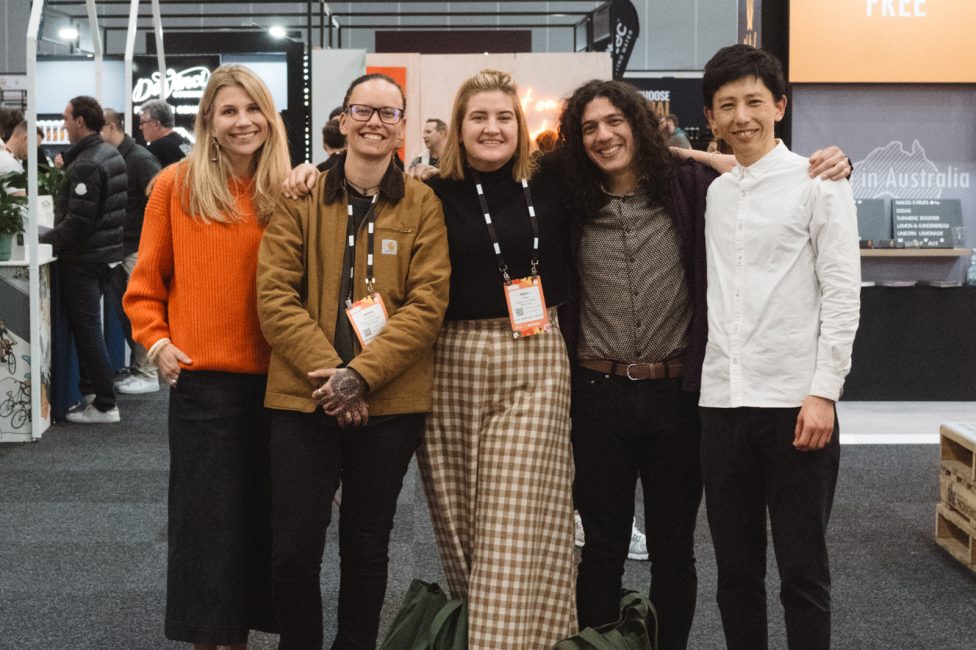Updates From The Road: Bolivia 2023
Published 03 Oct 2023
After a hugely successful and rewarding trip to Bolivia earlier this year, we’re sharing insights and stories from what we learned on the road, along with more on what to expect from this year’s crop.
Bolivia is one of our favourite countries to source coffee from, and one we have proudly represented since the early days of MCM. For over a decade, we’ve worked closely with the Rodríguez family of Agricafe Bolivia to create and build a market for Bolivian coffees in Australia. We love the versatility and diversity of flavour profiles found in the country, and the compelling stories of those that produce them. From incredibly sweet and balanced washed Caturras, to more complex and fruit-driven rare variety lots (think Javas and Geshas), Bolivia has them all – in large part due to Agricafe’s efforts.
A lot has changed since we last visited the country in 2019, particularly regarding the region’s climate. During our last visit we wore long-sleeved tops during the day and had to rug up at night, but this year we were welcomed by sunny, hot days, as the country experienced one of its warmest winters in recorded history. After arriving at El Alto airport, we made the long (and sometimes harrowing!) drive to the Finca Las Alasitas in Caranavi, where we were hosted by Pedro and Daniela Rodríguez, of Agricafé. Over a casual lunch, we learned that this unseasonably warm weather has been accompanied by an intense drought, slowing down the coffee harvest in Caranavi and significantly impacting volumes in Samaipata, the other region where the Rodriguez family produces coffee. The result of the extreme weather has been another challenging harvest season for Agricafé, with low yields and increased cost of production.
To compensate for the low yields, the Rodriguez family has gone to great lengths to elevate the quality and complexity of the coffee they have been able to pick and process. By placing greater emphasis on their already meticulously controlled fermentation practices, the Rodríguezes have produced a line up of diverse nanolots, defined by great distinction and intensity in the cup – thereby maximising the potential of their crop and showcasing the diversity of Bolivian coffee.
Staying at Buena Vista allowed us to witness firsthand the changes and innovations that Agricafé has introduced and perfected since our last visit. As onsite oenologist, Iván Hugas explained, the team now uses naturally occurring microorganisms, such as bacteria found at the farms or various yeast strains on the skin of the cherries themselves, to produce distinct and repeatable flavour profiles, without risking over-fermentation or booziness in the cup. For these lots, Hugas prepares a solution (or coffee ‘mosto’) with a carefully calculated level of the harvested bacteria or yeasts and adds them to the cherries (for naturals) or wet parchment (for washed lots) in sealed stainless steel or polyurethane tanks, catalysing a controlled fermentation for a specific time frame. The tanks are closely monitored throughout the ferment process and the coffee is removed when the desired fermentation is complete, before being sent to the drying patios or mechanical dryers. Through this process, Hugas and his team can achieve exceptional and repeatable results and reduce the risk of spoilage or waste inherent in experimental processing.
After touring the mill, we spent time on the road connecting with Sol de La Mañana members who live in neighbouring regions or ‘colonias’. First, we visited the town of Taipiplaya, a newer producing region that the Rodríguez family believes will be key to growing their volume year-on-year. Here, a small community of producers have realised the benefit to following the Sol de La Mañana agronomy program, through increased yields and improved quality. While it’s still early days for the region (much of the land here remains uncultivated), we expect to source more coffee from the region in upcoming years, when recent plantings will come to fruition.
We then travelled to Copacabana, home to well-known producers Julio Palli and Carmela Advuri. The farms have grown impressively since our last visit, with both producers having planted more trees on their land and Carmela’s Gesha and Java trees now fully matured and in production. Finally, we visited Uchumachi, where we spent time with the renowned Mamani Family. Over a cup of their coffee, Juan, Juana, René and Nicolasa shared news of their recent expansions and upcoming plans.
Specialty coffee production has great potential as a vehicle for social development, and it is inspiring to see this accomplished through the dedication and tenacity of the Sol de La Mañana members and Rodríguez family. At each farm, we spent meaningful time with the producers and their families, catching up on the challenges and opportunities of farming coffee in these remote regions. In turn, we shared stories of how much their coffees are appreciated in Australia and gifted many of the producers with coffee bags from our roasting partners, to reinforce the benefit and reward of this hard work and further strengthen our connection with this wonderful community.
Informed and energised by our time in the field, we hit the cupping room for two back-to-back days of cupping and long debriefing sessions with Pedro and Daniela. While the lot sizes from this year’s harvest are small, the quality of the coffees on the table is superb – testament to the intentional and labour-intensive approach taken in the field and at the wet mill. We’re excited to have selected several rich and sweet washed Caturra lots, a diverse range of fruit driven and clean natural and coco natural micro-lots, and a handful of specially prepared nano-lots, including Gesha and Java. When coupled with Buena Vista’s innovative fermentation techniques, these rare varieties produce an extremely elegant and refined cup profile and offer a truly memorable tasting experience. For those looking to showcase the very best of Bolivia, or for something to feature on the competition stage, these lots will not disappoint.
Volumes across the line up are limited, so for those keen to feature Bolivian coffee this season it’s essential to register your interest ahead of the coffees landing in early 2024. In the meantime, we’ll be sharing more stories and insights with our roasting community, along with pre-shipment samples around mid-November. Get in touch anytime to request samples or learn more about our Bolivian sourcing program!
